Earlier this week I kicked off the March-athon for the Nissan March K11 with the March Tango post. I guess I was a bit too enthusiastic after the Down on the Street post. Perhaps I should have calmly thought first about what would be the most logical starting point. In hindsight, I should have started with a posting about the basic K11 itself. So that’s what I’m doing today. I’ll keep this post limited to the Japanese March K11 and omit the export versions.
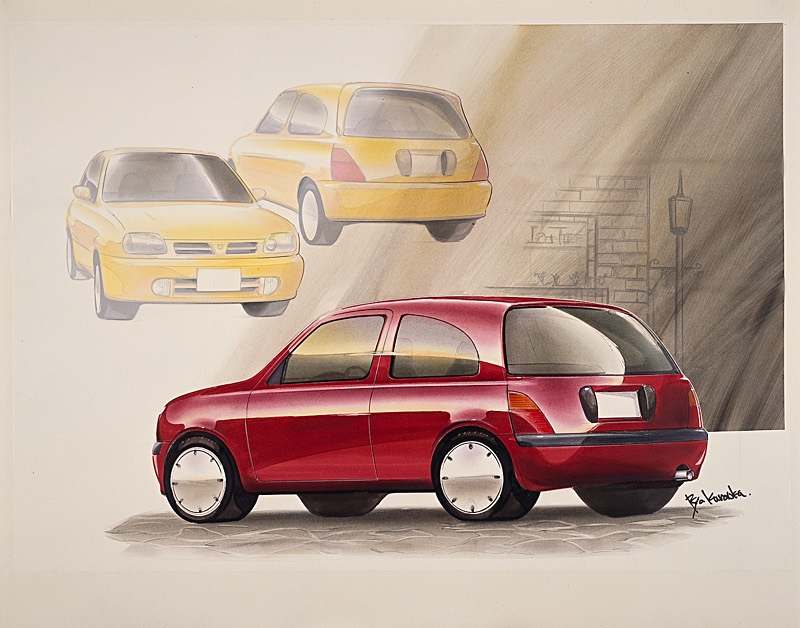
Nissan March K11 history
When the March K11 was launched in 1992, the previous generation March K10 had been in production for over 10 years! The K10 generation had been highly loved and popular. It received a (rounded-off) facelift in June 1985 which made it more up-to-date with the tastes of the mid-1980s. In 1989 it received its second facelift, making it even more rounded off but it was still getting more out of fashion every day it sold.
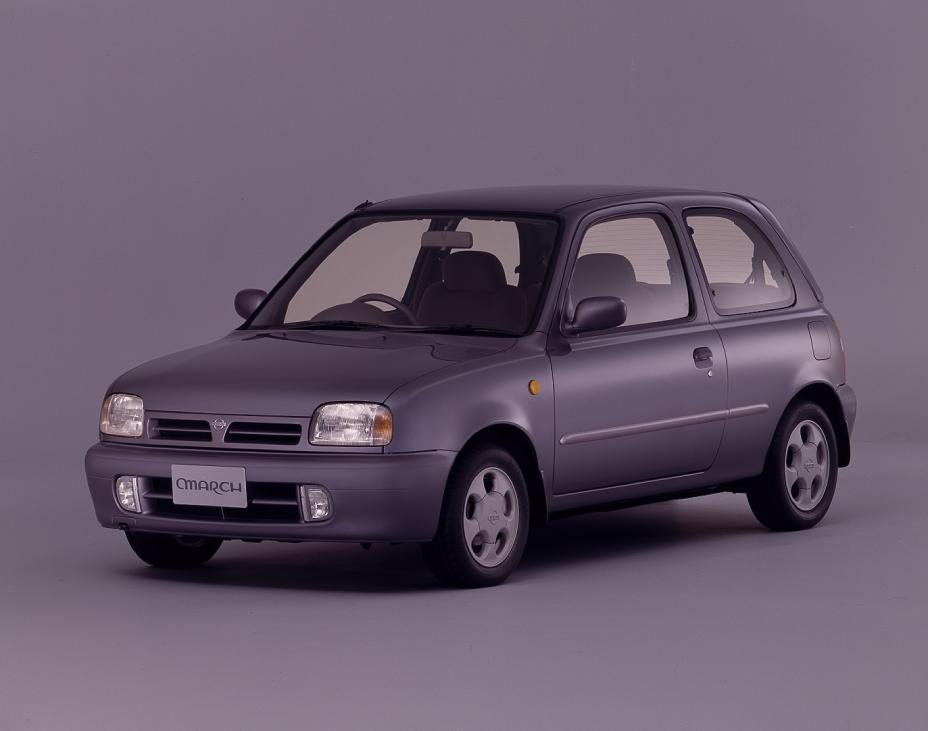
So when 1991 rolled over to 1992, the new March K11 was launched! The rounded body shape was emphasized with the new love small logo. Just like the previous generation, the K11 both featured a three-door and a five-door hatchback.
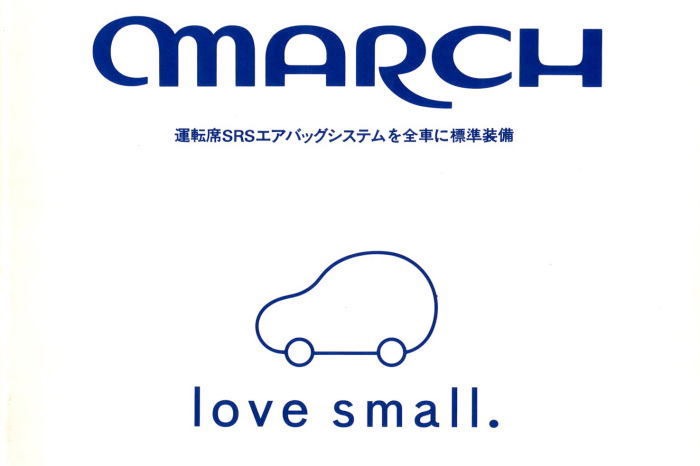
Specifications
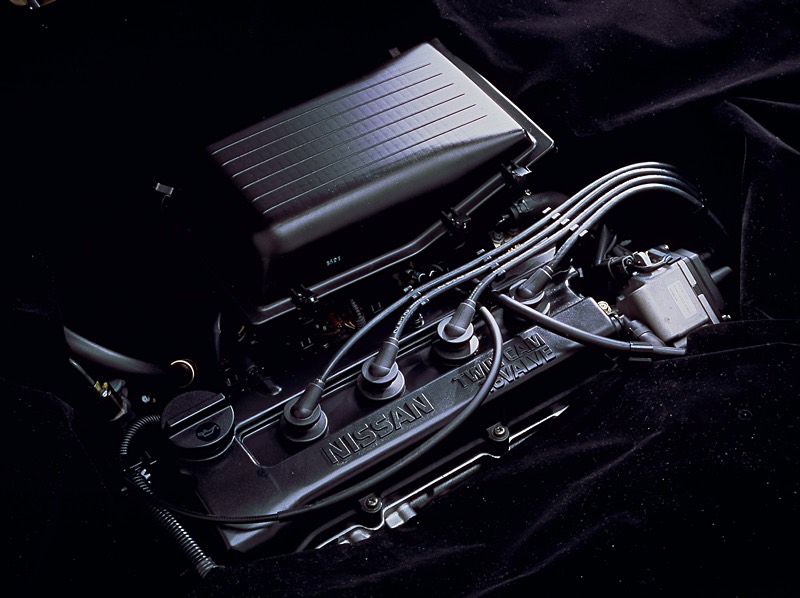
At launch, it became immediately clear the older Nissan MA engines were replaced by the more modern aluminium 16-valve GC engines. These new engines limited the choice at first to 1 litre and 1.3 litre only which had a respectable output of 55hp and 74hp respectively. Unfortunately, this meant the Turbo and Super Turbo models were dropped as well.
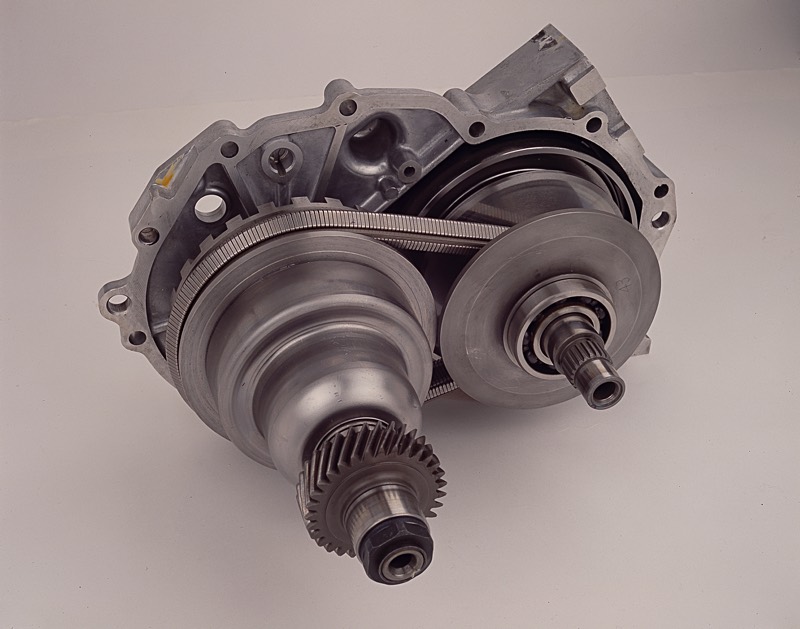
The gearbox was either a manual 5-speed, a 4-speed conventional automatic or a Nissan CVT unit.
Trim levels
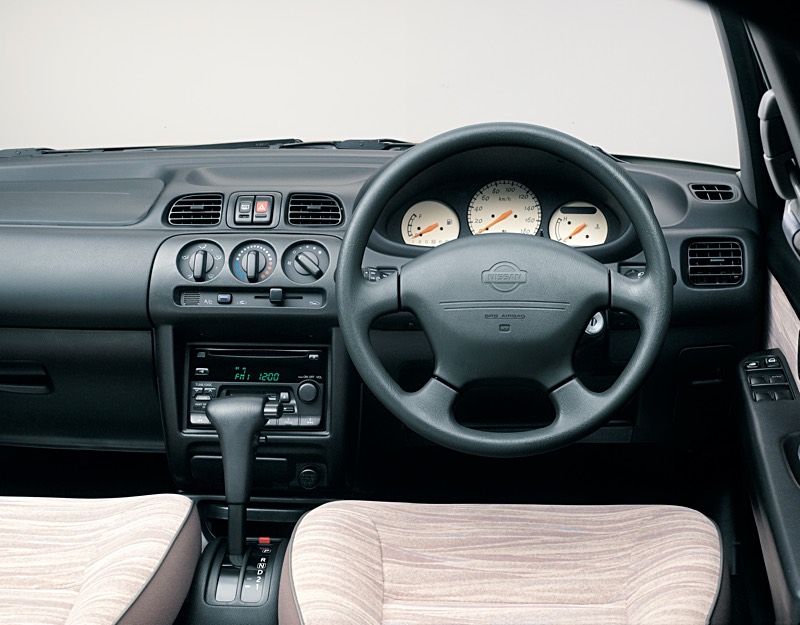
To make the small March much safer, reinforced doors and a driver-side airbag were standard on the March and ABS was available as an option. The i.z trim level could even be ordered with a safety grip package that would include ABS and a limited-slip differential as standard.
Launch of musical notes
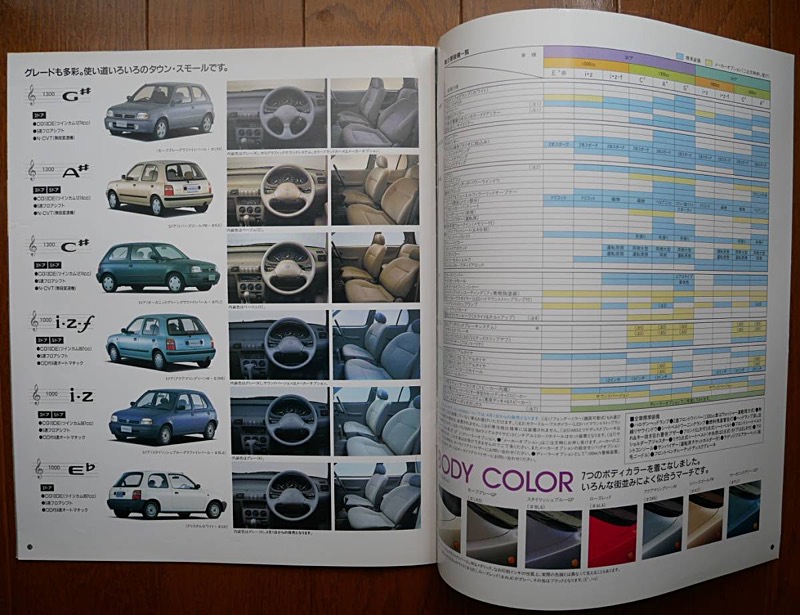
There were numerous trim levels available on the March launch. The only trim level that was carried over to the K11 was the most basic one: the i.z. For the three-door the i.z.f, G, A♯ and G♯ trim levels were available. For the five-door the i.z.f, B♭ (yes, the inverse of the later Toyota Yaris spin-off!), C♯, A♯ and Autostrada existed as well. Apart from the i.z(.f), the theme of these trim levels seems to be mostly centred around musical notes. These trim levels should be pronounced as sharp and flat. For example, A♯ is pronounced A-sharp and B♭ as B-flat.
| Body type | Engine | Trim level |
| 3-door | CG10DE | i.z, i.z.f, G |
| CG13DE | A♯, G♯ | |
| 5-door | CG10DE | i.z, i.z.f, B♭ |
| CG13DE | C♯, A♯ |
More notes
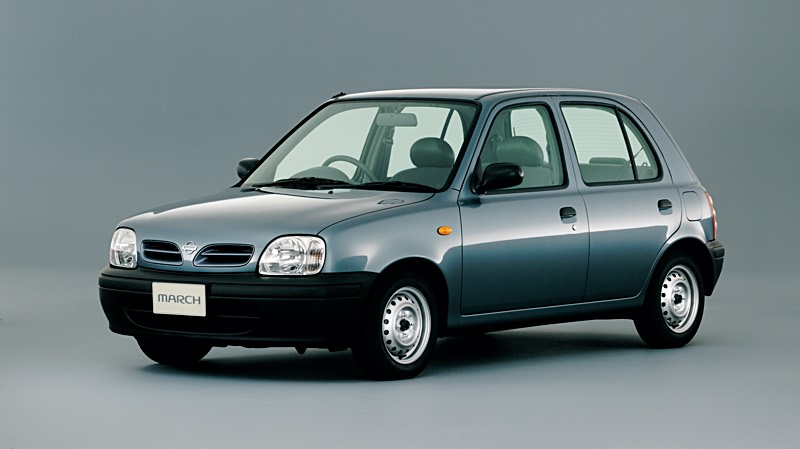
Shortly after launch, the lineup was joined by the E♭. The E♭ was even more basic than the i.z. and offered little to no options and even had to do without the CVT.
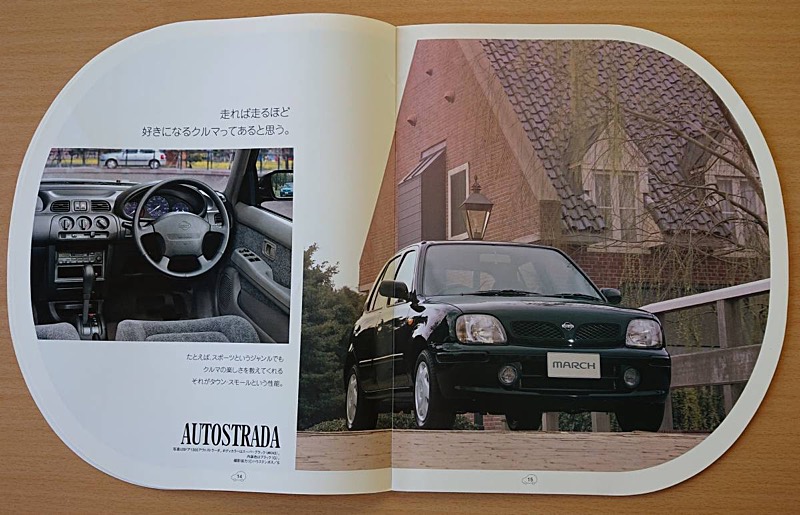
By the end of 1993, the Autostrada joined the lineup. The Autostrada is the most luxurious trim level of the five-door. It ticked almost all boxes and only ABS and limited-slip differential were an option on this car. Autostrada means highway in Italian and given the more luxurious trim level I’d say this is the Gran Tourer for the March. For the three-door, the G♯ remained the top model, featuring the 1.3-litre engine and many options as standard.
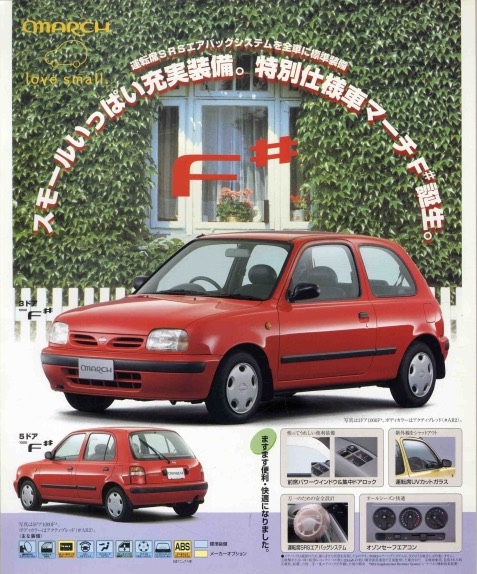
In 1996 the lineup was joined by the limited models D♯ and F♯. The F♯ was only available with the 1.0-litre engine, while the D♯ was only available with the 1.3-litre engine. Both cars were slotted just below the G and G♯ and it only added standard power windows over the C♯ trim level.
| Body type | Engine | Trim level |
| 3-door | CG10DE | E♭, i.z, i.z.f, F♯, G |
| | CG13DE | A♯, D♯, G♯ |
| 5-door | CG10DE | E♭, i.z, i.z.f, F♯, B♭ |
| | CG13DE | C♯, D♯, A♯, Autostrada |
Post-facelift music
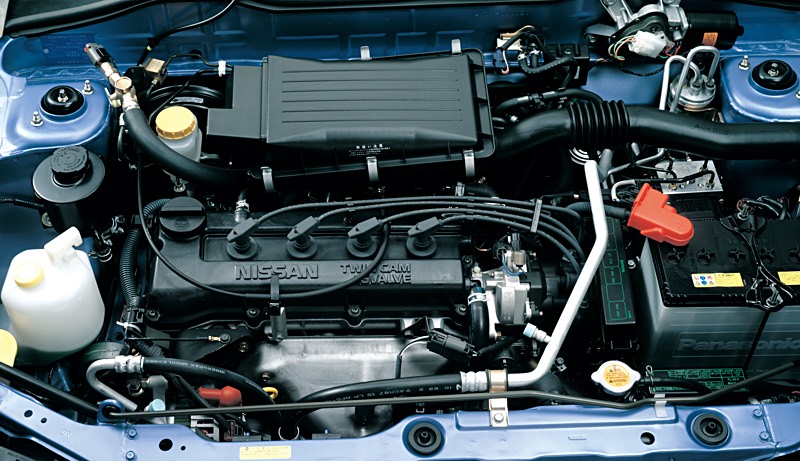
The facelift didn’t change that much. The front face was altered and now the bonnet would include the grill, where it was previously two separate parts. The CG13DE was replaced by the CGA3DE. Despite the engine size growing from 1275cc to 1348cc, it remained a 1.3 litre in the brochures. The engine output grew from 74hp to 81hp.
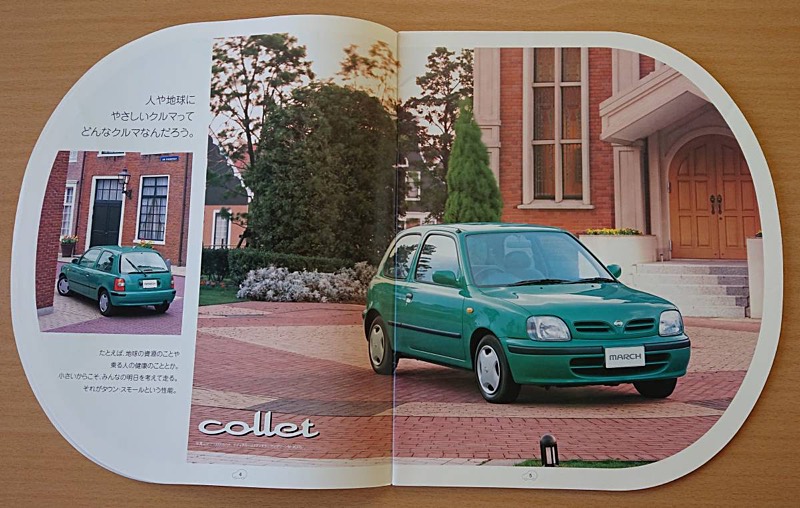
Shortly before the facelift near the end of 1996, the i.z.f was replaced by the Collet (collet means collar in French) as a special car to celebrate the 15th birthday of the March and was based upon the i.z.f. During the facelift, Nissan decided to make this replacement permanent, but the rest of the lineup remained unchanged. 1996 also saw the birth of the Autech Tango special and the Bolero, Rumba and Polka specials followed quickly over the next few years. In 1996 there was also a Juke trim level and I’ll make sure to cover this one as well.
Nearing the end of production
In 2000 the Casual and White Limited became available as special edition cars. As the March K12 replacement was around the corner, the lineup was changed and all musical notes, except for the 1.3 litre A♯, were dropped. This meant the lineup existed out of the Collet, i.z, A♯, Mia and the Autostrada. In 2001 the Collet-F special edition marked the end of the March K11. The K12 brought a whole different trim level system, so perhaps Nissan was anticipating this.
| Body type | Engine | Trim level |
| 3-door | CG10DE | i.z, Collet |
| | CG13DE | Mia, A♯ |
| 5-door | CG10DE | i.z, Collet |
| | CG13DE | Mia, A♯, Autostrada |
Conclusion
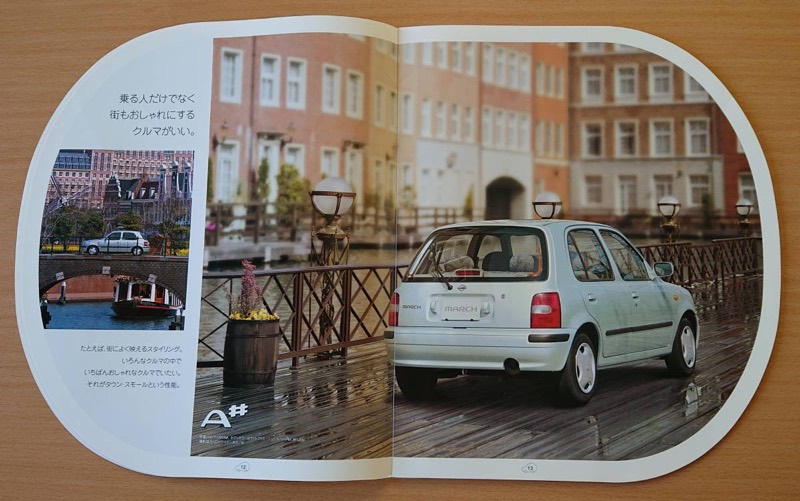
Another note (sorry for the pun) is that the March K11 also seems to have a theme of Europe. As you can see in the various pictures above, the K11 is often seen in a European setting. The pre-facelift brochures favour the Italian and Fench cities, while the post-facelift brochures are mostly in a setting that looks close to the Netherlands.
The latter drew my attention as I’m a Dutchman. Even though the March features many Dutch elements like windmills, bridges, dyke houses and even Dutch road signs, something seems to be off. The canal boat below the bridge in the A♯ brochure page above is not a Dutch canal boat, but a typical English canal boat. Old buildings don’t look worn at all. Canals are too neat and don’t have trash floating in them. I suspect Nissan shot these photos in the Huis Ten Bosch theme park in Nagasaki. This theme park opened its doors in 1992, so that fits in with the new-ness factor.
I hope you can see why I was so excited about the Nissan March lineup with all its strange trim levels, weird specials and limited edition cars. And I also found heaps of non-Nissan and non-Autech cars that were based on the March K11. Perhaps the most famous of those would be the first-generation Mitsuoka Viewt: the bizarre lovechild of a Jaguar Mark 2 and a Nissan March K11! So keep your eyes open for more Marches in the March-athon!
All photos in this post are either Nissan press photos or photos of March K11 brochures.
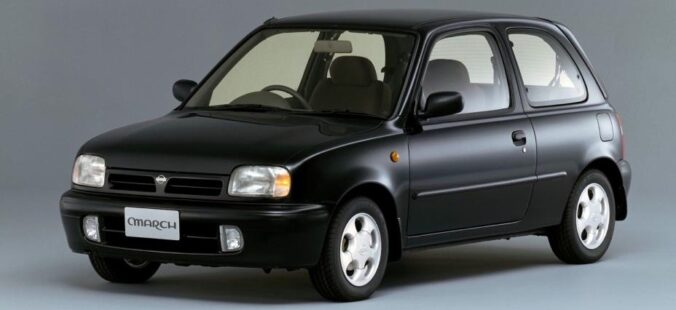
0 Comments
1 Pingback